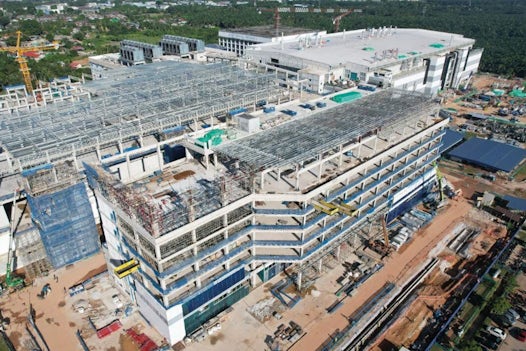
Campus networks
Copper, fibre optic or 5G
Are you responsible for setting up a high-performance data network on the “campus” of a private or public organisation? Expanding or sustainably upgrading the existing one? In either case you are facing an exciting challenge. For these tasks require a good understanding of the local conditions and the legal framework, as well as of the technical possibilities and solutions available.
At Datwyler we talk of a “campus network” when different users from several organisations on a self-contained site have access to a common IT infrastructure. These could be universities, large shopping centres, hospitals, trade fairs, airports, or even major corporations.
A campus network creates a bridge between the many data connection points on the site and the central hub to a provider’s WAN. It can be based on a high-performance copper cabling system or on fibre optic cabling. Even private 5G-based mobile phone networks can play a role on the campus in future; in some countries, for example in Germany, licences for the local frequency band are already obtainable.
State of the art
The current state of the art provides a point-to-multipoint fibre optic network for a campus network, because this is best able to meet the requirements of bandwidth and response times and is subject to virtually no distance constraints. Existing building networks can easily be integrated. By comparison with traditional copper networks it is not only space-saving and more cost-effective to purchase, but also saves energy and maintenance costs. In addition, it gives users greater flexibility when incorporating new systems and performance-hungry applications.
Datwyler supports its clients from network design through installation to the integration of data centres and 5G mobile phone technology as well as smart lighting components, CCTV cameras and other PoE-powered systems.
Read more in our campus network use case below.






